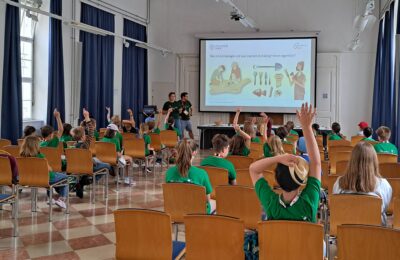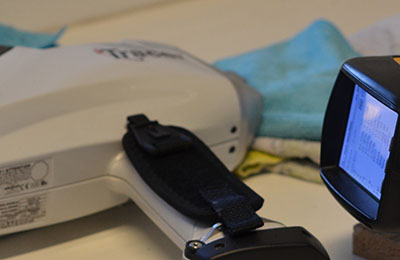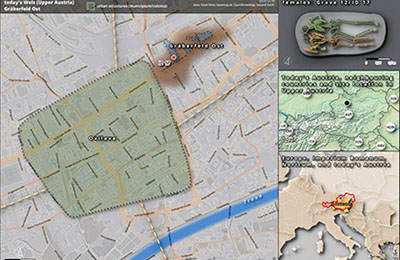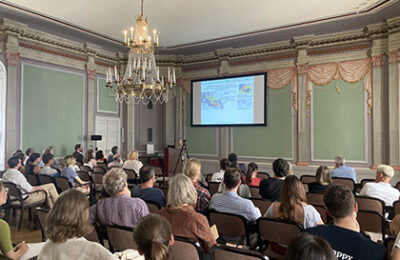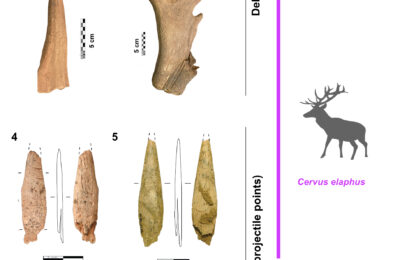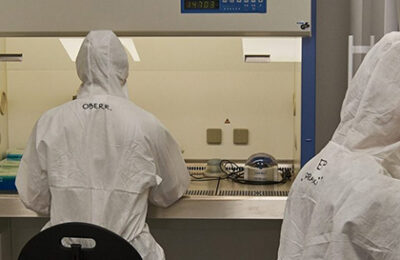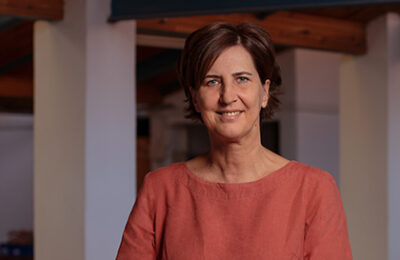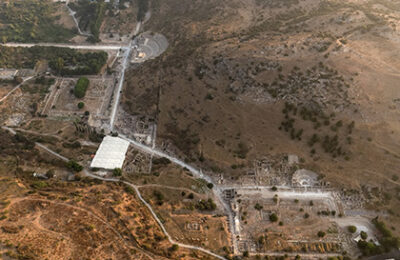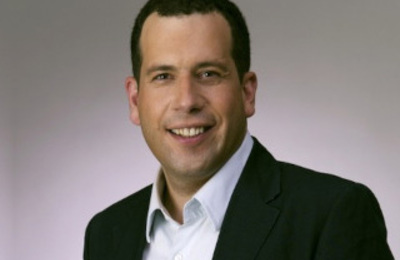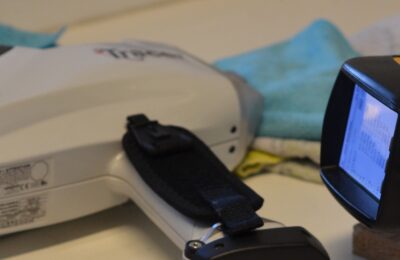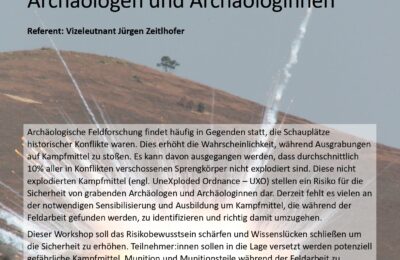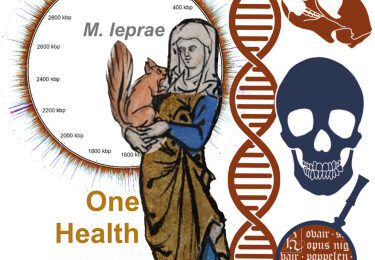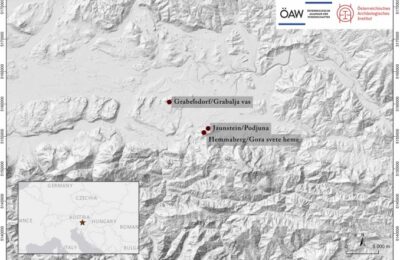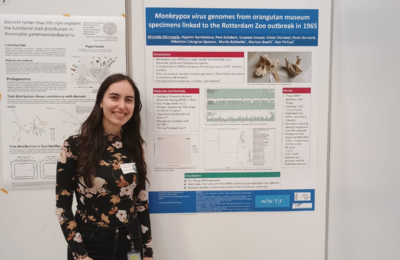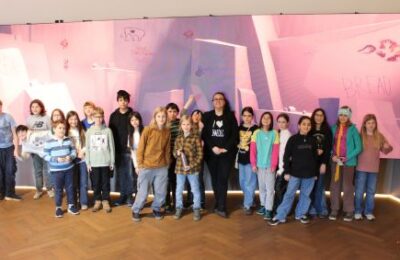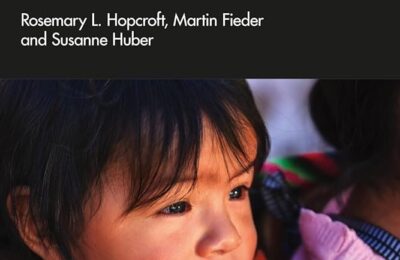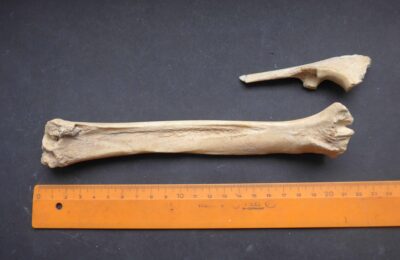Roman Cuisine: A Vegan and Organic Feast? Our Kinderuni Session on Ancient Diets
Authors: Dominik Hagmann and Nisa Iduna Kirchengast Description: In this blog post, we, Dominik and Nisa, reflect on our Kinderuni session "Römisches Essen: alles bio und vegan? Mit der Archäologie der antiken Ernährung auf der Spur" (Roman Food: All Organic and Vegan? Tracing Ancient Diet with Archaeology). On Monday, July 8th, we had the pleasure of diving into the world of Roman cuisine with a group of curious young researchers aged 7 to 12. This session was part of the wider Kinderuni initiative, which also includes a virtual session on ancient diets available online since 2020: "Parrots, Fish Sauce, and Dogs" (https://kinderuni.online/kurs/papageien-fischsauce-und-hunde/). What did we do? We explored what the ancient Romans ate, discussing not only the ingredients but also how we can still discover what was on people's plates nearly 2000 years ago. We examined archaeological finds, peeked into ancient cookbooks, and even considered how one could cook Roman food today – with a modern twist, of course! What went well: Lively discussions: The children were enthusiastic and surprised us with their questions and ideas. They wanted to know everything, from the Romans' favorite dishes to the spices they used. Interactive elements: We cooked "ancient" recipes together (with modern ingredients, of course!) and the children could even try their hand at it. This was not only fun but also…
